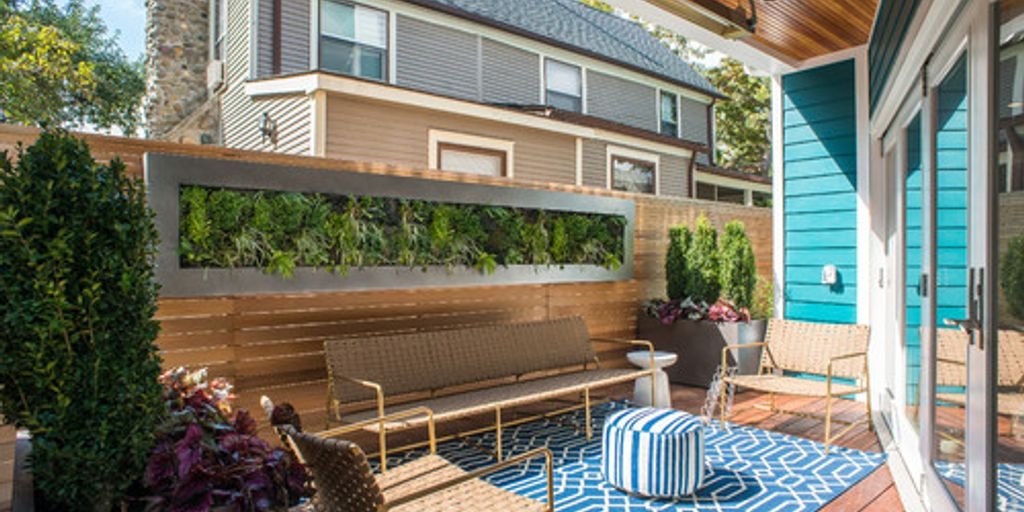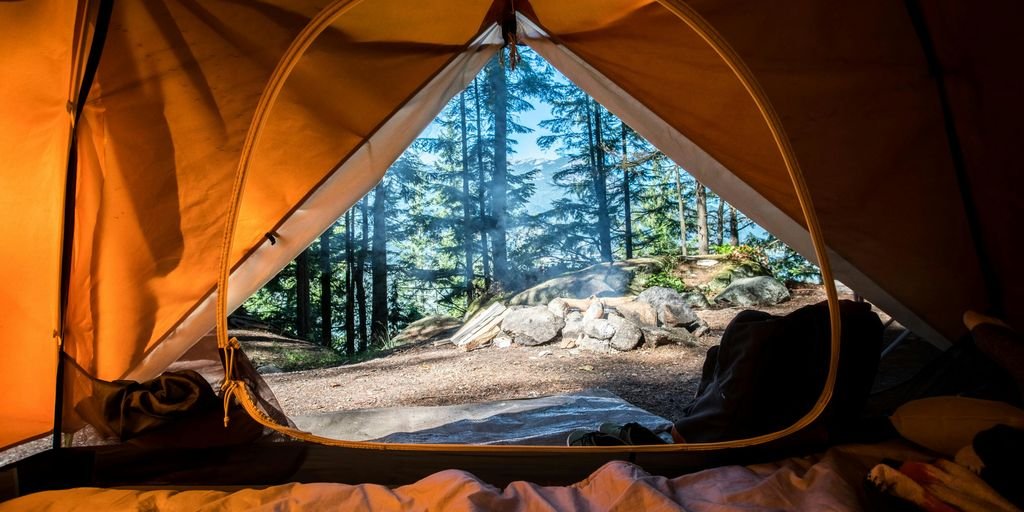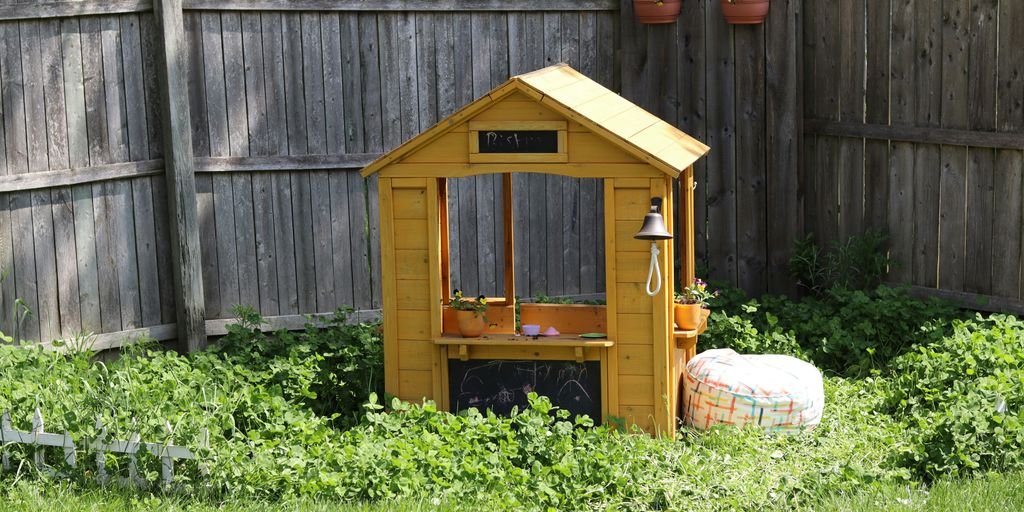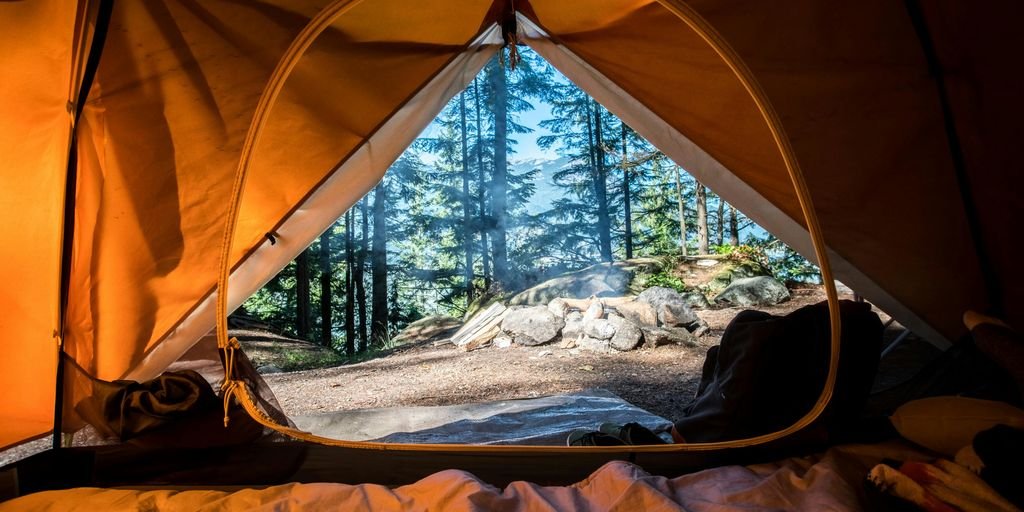With the weather warming up, it’s the perfect time to turn your outdoor area into a comfortable and inviting living space. Whether you have a small balcony or a spacious backyard, we’re here to share some tips and tricks on how to transform your outdoor space into a relaxing oasis. In this blog, we will take a look at how to quickly create an outdoor living space that you can enjoy all season long.
Key Takeaways
- Invest in quality, weather-resistant furniture to ensure longevity and comfort.
- Incorporate a mix of plants and greenery that thrive in your climate for a lush and vibrant space.
- Use various types of outdoor lighting to create ambiance and improve functionality at night.
- Create distinct zones for dining, relaxation, and entertainment to maximize the usability of your outdoor space.
- Add personal touches and decorative elements to make the space uniquely yours.
Choosing the Right Outdoor Furniture
Material Considerations
When selecting outdoor furniture, it’s crucial to invest in quality materials. Durable options like teak, aluminum, and all-weather wicker are excellent choices. These materials not only withstand various weather conditions but also add a touch of elegance to your outdoor space.
Comfort and Style
Your outdoor furniture should be both comfortable and stylish. Consider the architectural design of your home to ensure a cohesive look. Reflecting on your interior decor can also guide your choices, making your outdoor area an extension of your indoor living space.
Maintenance Tips
Maintaining your outdoor furniture is essential for longevity. Regular cleaning and protective treatments can keep your pieces looking new. For instance, teak furniture benefits from periodic oiling, while aluminum and wicker can be cleaned with mild soap and water.
Understanding the space you have to work with will help you decide on the best outdoor furniture, plants, and accessories.
Incorporating Greenery and Landscaping
Selecting Plants for Your Climate
The first step in incorporating greenery into your landscape design is selecting the right plants to suit your outdoor space. Consider factors such as the size of your garden, the amount of sunlight it receives, and the local climate. Choose plants that thrive in your climate and that will not only look good but are easy to maintain. Consider adding herbs or vegetables to your outdoor space if you enjoy cooking or gardening.
Creating a Garden Layout
Utilizing thoughtful layout planning ensures your outdoor living space is both functional and visually appealing. Start by sketching a rough plan of your garden, marking out different zones for various activities. Integrating design principles to maximize functionality and flow can help create a seamless and inviting atmosphere. Think about pathways, seating areas, and focal points like water features or sculptures.
Maintaining Your Green Space
Regular maintenance is key to keeping your garden looking its best. This includes watering, pruning, and fertilizing your plants. It’s also important to keep an eye out for pests and diseases that could harm your greenery. Setting up a maintenance schedule can help you stay on top of these tasks and ensure your garden remains a beautiful and tranquil space.
Bringing in plants and flowers not only adds color and texture to your outdoor space but also provides a sense of tranquility and relaxation.
Outdoor Lighting Solutions
Outdoor lighting is essential for creating a warm and inviting atmosphere. There are many options available, from string lights and lanterns to in-ground and wall-mounted fixtures. Think about the types of activities you’ll be doing in your outdoor space and where you’ll need lighting the most. For example, you may need task lighting above your dining table, while subtle accent lighting can add ambiance to your seating area.
Creating Functional Zones
Designing your outdoor space with distinct functional zones can transform your backyard oasis into an organized and purposeful area. By designating specific areas for dining, relaxation, and entertainment, you can ensure that each activity has its own dedicated space, making your outdoor living area more enjoyable and efficient.
Dining Areas
Creating a dedicated dining area allows for enjoyable al fresco meals. Consider placing a dining table and chairs in a shaded spot to provide comfort during sunny days. Adding an outdoor rug can help define the space and make it feel more intimate.
Relaxation Spaces
A relaxation zone is perfect for unwinding and enjoying the outdoors. This area can include comfortable seating like lounge chairs or a hammock. Position this zone away from high-traffic areas to create a peaceful retreat.
Entertainment Zones
Entertainment zones are ideal for hosting gatherings and socializing. Equip this area with features like a fire pit, outdoor speakers, or even a projector for movie nights. Ensure there is ample seating to accommodate guests and create a welcoming atmosphere.
Adding Personal Touches
Your outdoor living area is an extension of your home, so don’t be afraid to add personal touches that reflect your style and personality. Finally, make your outdoor living space personal and reflective of your style. Add artwork, rugs, and other decorative elements that speak to you and create a welcoming atmosphere.
Incorporating Water Features
Types of Water Features
Water features can transform your outdoor space into a serene oasis. Options range from simple fountains to elaborate ponds and waterfalls. Fountains are ideal for smaller spaces, while ponds and waterfalls can create a dramatic impact in larger gardens. Consider the material of your water feature, such as stone, concrete, or fiberglass, to match your outdoor aesthetic.
Installation Tips
Installing a water feature requires careful planning. Here are some steps to guide you:
- Choose the right location: Ensure the spot is level and has access to electricity if needed.
- Prepare the area: Clear debris and level the ground.
- Install the feature: Follow the manufacturer’s instructions for assembly and installation.
- Add water and test: Fill the feature with water and check for proper operation.
Proper installation is crucial for the longevity and functionality of your water feature.
Maintenance and Care
Regular maintenance is essential to keep your water feature in top condition. Here are some tips:
- Clean regularly: Remove debris and algae to prevent blockages.
- Check water levels: Ensure the water level is adequate to avoid pump damage.
- Winterize: In colder climates, take steps to protect your water feature from freezing temperatures.
By following these guidelines, you can enjoy a beautiful and functional water feature in your outdoor living space.
Ensuring Privacy and Shade

Privacy Screens
Creating a private outdoor space is essential for relaxation and comfort. Privacy screens can be an effective solution to block unwanted views and create a secluded atmosphere. Options include wooden fences, lattice panels, and tall hedges. Choose materials that complement your outdoor decor and provide the level of privacy you desire.
Shade Solutions
Incorporating shade into your outdoor living space is crucial for protection from the sun and enhancing comfort. Consider adding elements such as pergolas, umbrellas, or awnings. These not only offer respite from the sun but also add visual interest to your space. For a natural touch, plant trees or install climbing plants on trellises.
Combining Privacy and Aesthetics
Achieving both privacy and aesthetic appeal is possible with thoughtful planning. Use a combination of privacy screens and shade solutions to create a harmonious outdoor environment. For instance, a pergola with climbing plants can provide shade while also acting as a natural privacy screen. Additionally, outdoor curtains or solar shades can be used to block the sun and add a decorative element to your space.
Ensuring privacy and shade in your outdoor living area enhances both comfort and usability, making it a more enjoyable space for you and your family.
Conclusion
Creating the ultimate outdoor living space is a rewarding endeavor that can significantly enhance your lifestyle and provide a seamless connection to nature. By carefully considering your space, investing in quality furniture, creating distinct zones, incorporating lighting, adding plants and flowers, and bringing in personal touches, you can transform any outdoor area into a functional and inviting oasis. Remember to incorporate shade, consider water features, and create a cozy atmosphere to ensure comfort and enjoyment throughout the seasons. With thoughtful planning and these tips in mind, your outdoor living space can become a cherished extension of your home, perfect for relaxation and entertainment.
Frequently Asked Questions
What type of outdoor furniture material is the most durable?
Materials like teak, wrought iron, and aluminum are known for their durability and ability to withstand various weather conditions.
How can I maintain my outdoor furniture?
Regular cleaning, covering furniture when not in use, and applying protective finishes can help maintain your outdoor furniture.
Which plants are best suited for different climates?
It’s important to choose plants that are native to your region or are known to thrive in your local climate conditions.
What are some energy-efficient outdoor lighting options?
LED lights and solar-powered lights are excellent energy-efficient options for outdoor lighting.
How can I create privacy in my outdoor living space?
You can use privacy screens, tall plants, or pergolas with drapes to create a private outdoor area.
What are the benefits of adding water features to my outdoor space?
Water features can enhance the aesthetic appeal, provide a soothing ambiance, and even help to mask unwanted noise.



